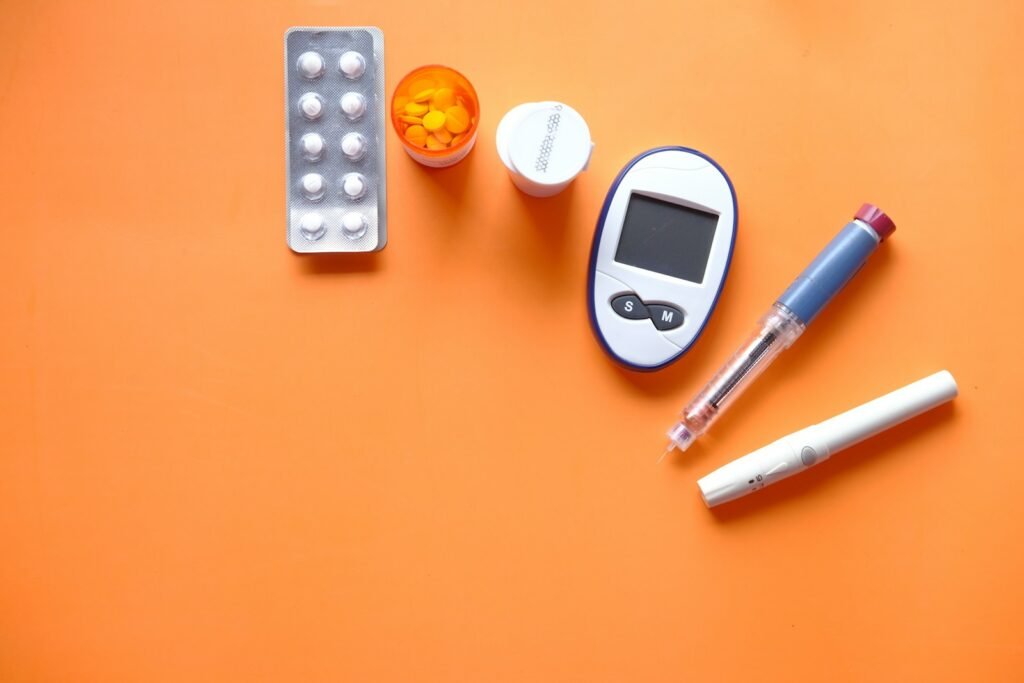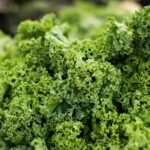Why Choosing the Right Foods Matters for Diabetes
If you or someone you love is managing diabetes, you already know that food can either be your best friend—or your biggest hurdle. But don’t worry. Making smart food choices doesn’t mean giving up everything you love. It just means learning what helps and what hurts when it comes to your blood sugar levels.
When you have diabetes, your body either doesn’t make enough insulin or can’t use insulin properly. That affects how your body handles sugar, especially the sugar that comes from food. That’s where your daily diet plays a huge role.
Want to feel more in control of your health? Want to enjoy your meals without stress? That’s what this guide is all about. Let’s break down the best and worst foods for people with diabetes—and look at how to manage your meals effectively.

Best Foods for Managing Blood Sugar Levels
There isn’t a one-size-fits-all diabetic diet, but some foods can help keep your blood sugar steady while giving your body the fuel it needs.
1. Whole Grains
Unlike white bread or white rice, whole grains digest more slowly, preventing spikes in blood sugar. Choose options like:
- Oatmeal (unsweetened)
- Quinoa
- Brown rice
- Whole wheat bread or pasta
2. Non-Starchy Vegetables
These are low in carbs and high in fiber, making them great for anyone with diabetes. Think of them as your plate’s best friend. Some great options include:
- Spinach
- Broccoli
- Bell peppers
- Cauliflower
3. Fruits (In Moderation)
Yes, people with diabetes can eat fruit! Natural sugar from fruit is different than refined sugar found in soda or candy. Just be mindful of portions and stick to high-fiber options such as:
- Apples (with skin)
- Berries (like strawberries, blueberries, and raspberries)
- Oranges
- Pears
4. Lean Proteins
Protein helps you feel full and has little effect on blood sugar. Add lean sources of protein to every meal:
- Skinless chicken breast
- Turkey
- Fish, especially fatty fish like salmon
- Eggs (in moderation)
5. Healthy Fats
Not all fats are bad! Healthy fats can reduce inflammation and improve heart health.
- Avocados
- Olive oil
- Nuts (almonds, walnuts, etc.)
- Seeds (chia, flax)

Foods You Should Avoid or Limit
Knowing what to skip can make all the difference when you’re managing diabetes. Unfortunately, many popular foods spike your blood sugar or harm overall health. Keep these at a minimum, or better yet, ditch them altogether.
1. Sugary Drinks
These are the worst offenders. Soft drinks, sweet teas, energy drinks, and even fruit juices (yes, even if they say “100% juice”) send your blood sugar soaring. Try swapping them for unsweetened tea, sparkling water with lemon, or just plain water.
2. Refined Carbs
Foods made with white flour or processed sugar are low in fiber and nutrients. They digest fast—too fast, raising your blood sugar rapidly. Examples include:
- White bread
- White rice
- Pasta (non-whole grain)
- Pastries, cakes, muffins
3. Fried Foods
They’re tempting (hello, French fries), but fried foods are high in unhealthy fats and calories. This can increase your insulin resistance. Better alternatives? Air-fried or oven-baked versions can satisfy the crunch without the crash.
4. Full-Fat Dairy
Milk is a great source of calcium, but full-fat dairy contains saturated fat that can worsen insulin resistance and raise cholesterol. Choose options like:
- Low-fat milk
- Greek yogurt (unsweetened, low-fat)
5. Processed Meats
Lunch meats, bacon, and hot dogs often contain added sugars and preservatives, plus lots of sodium. Instead, go for:
- Freshly cooked lean meats
- Roasted turkey or chicken

Tips for a Diabetes-Friendly Lifestyle
Managing diabetes isn’t just about what’s on your plate. Here are some helpful lifestyle changes that can make eating well easier—and more enjoyable.
Balance Your Plate
Use the “Diabetes Plate Method”. Start with:
- Half of the plate with non-starchy vegetables
- One quarter with lean protein like grilled chicken
- One quarter with whole grains or starchy veggies
This method helps control portions and blood sugar levels effortlessly.
Snack Smart
If you get hungry between meals, try these snack ideas:
- Hummus with veggie sticks
- A small apple with peanut butter
- Greek yogurt with berries
Stay Active
Exercise helps your body use insulin more effectively. Aim for at least 30 minutes of moderate activity—like walking or cycling—most days of the week. Bonus: It also boosts your mood and energy!
Read Labels
Hidden sugars and sodium are everywhere. Look closely at nutrition labels—especially for carbs and added sugars. Be wary of terms like “organic cane sugar” or “agave nectar.” Sugar by any other name is still… sugar.
Plan Ahead
Meal prep can save you time, money, and stress. Cook extra servings for leftovers, chop veggies in advance, and keep healthy snacks nearby. When you’re prepared, it’s easier to make better choices.
Final Thoughts
Living with diabetes can be challenging, but it doesn’t mean you have to give up flavor, fun, or your favorite foods. Small, smart changes really do add up. The key? Stay informed, stay consistent, and don’t be hard on yourself. Progress is better than perfection.
So, the next time you’re at the grocery store or staring into your pantry, you’ll know exactly what to look for—and what to leave on the shelf. Here’s to healthier meals and happier days ahead!














